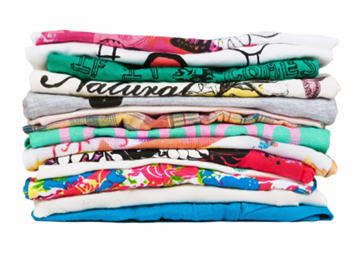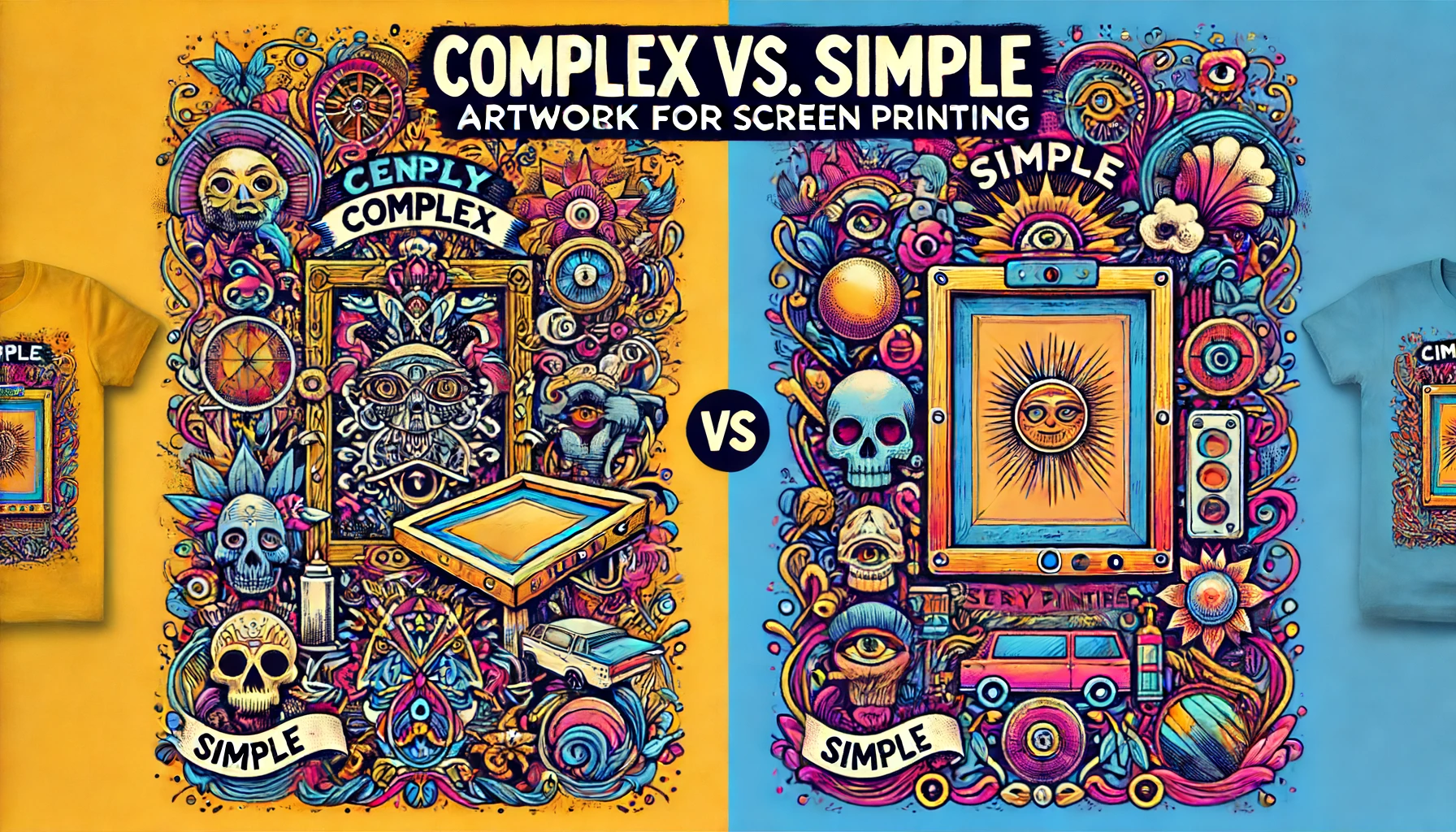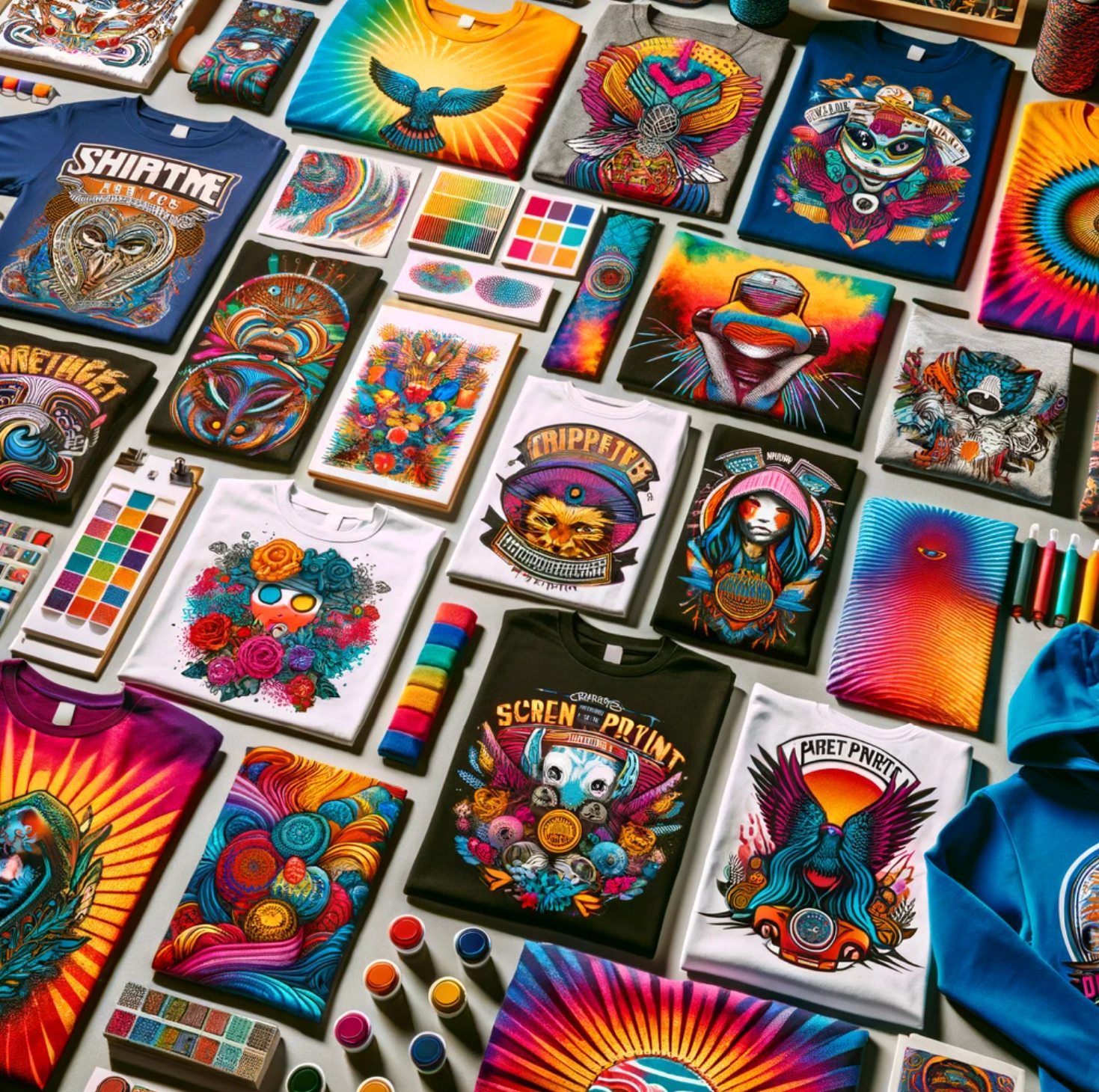Starting a clothing line can be an exciting and creative endeavor, but it requires careful planning, a clear vision, and, of course, a substantial financial commitment. With a starting budget of at least $10,000, you can establish a foundation for a successful clothing line. Here’s a comprehensive guide on how to start your clothing line, from sourcing materials to making sample runs and finding the right manufacturer.
1. Define Your Brand and Market Niche
The first step in starting a clothing line is defining your brand identity and market niche. Your brand should reflect your unique style, ethos, and target audience. Research current fashion trends, identify gaps in the market, and consider what sets your brand apart. This could be anything from sustainable practices, unique designs, innovative materials, or a specific demographic focus.
2. Create a Business Plan
A solid business plan is crucial for any new business. It should outline your brand concept, market analysis, financial projections, marketing strategies, and operational plan. This document will serve as a roadmap for your business and can be instrumental in securing additional funding or partnerships.
3. Budgeting and Financial Planning
With a $10,000 budget, careful financial planning is essential. Allocate funds for material sourcing, sample production, manufacturing, marketing, and other operational costs. It’s wise to set aside a portion of your budget for unforeseen expenses.
4. Sourcing Materials
Sourcing quality materials is fundamental to the success of your clothing line. Attend trade shows, fabric markets, and connect with fabric suppliers to explore your options. Consider factors like quality, cost, sustainability, and minimum order quantities. Building a good relationship with suppliers can lead to better prices and terms.
5. Designing Your Collection
Start with a small, focused collection. Design pieces that align with your brand identity and appeal to your target market. Create detailed technical sketches and specifications for each garment to ensure accuracy during the sample-making process.
6. Making Sample Runs
Samples are prototypes of your designs. They allow you to test and refine your garments before mass production. Find a local tailor or small workshop that specializes in sample making. This will enable you to closely oversee the process and make necessary adjustments. Expect to produce several iterations of each design to achieve the desired quality and fit. Hot Market design can help with this.
7. Finding the Right Manufacturer
Choosing the right manufacturer is crucial. Consider factors like production capacity, quality control standards, labor practices, and turnaround times. Visit factories, if possible, to get a firsthand look at their operations. Obtain quotes from multiple manufacturers and request to see samples of their work to assess their quality. Hot Market design can help with this.
8. Understanding Turnaround Times
Turnaround times can vary significantly between manufacturers. Consider the time required for production, quality checks, and shipping. It’s important to have a clear agreement with your manufacturer about deadlines to ensure timely delivery.
9. Quality Control
Implement strict quality control measures. This may involve hiring a quality control agent or making regular visits to the manufacturing facility. Ensure that every item meets your standards before it goes to market.
10. Marketing and Sales Strategy
Develop a robust marketing and sales strategy. This could include building a strong online presence, leveraging social media, participating in fashion shows, and connecting with fashion influencers. Consider both online and brick-and-mortar retail options.
11. Launching Your Line
Plan a launch event or campaign to create buzz around your new brand. This could be an online launch, a pop-up shop, or a fashion show. Use this opportunity to gather feedback, make connections, and generate initial sales.
12. Scaling Your Business
Once your clothing line is established, consider ways to scale your business. This could involve expanding your product line, entering new markets, or increasing production capacity.
13. Navigating Challenges
Be prepared to face challenges along the way. This could include production delays, quality issues, or shifts in market trends. Stay adaptable, learn from each experience, and don’t be afraid to pivot your strategy when necessary.
14. Continuous Improvement and Growth
Continuously evaluate your business performance and seek ways to improve. Stay updated with fashion trends, listen to customer feedback, and always look for opportunities to grow and evolve your brand.
Starting a clothing line is a journey filled with creativity, challenges, and opportunities. With a clear vision, thorough planning, and a passion for fashion, your clothing line can flourish in the competitive world of fashion. Remember, success doesn’t happen overnight. Be patient, stay committed, and your hard work will pay off in the long run.






